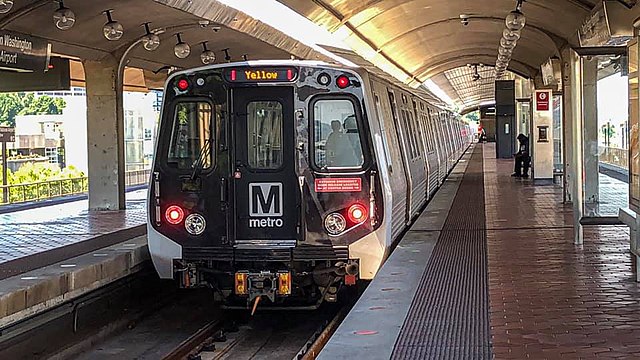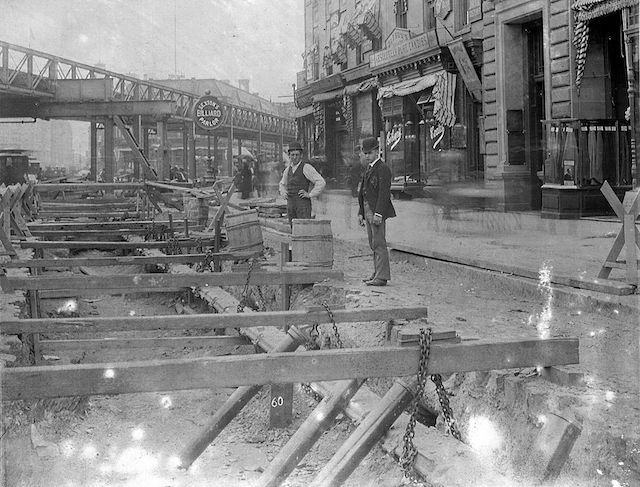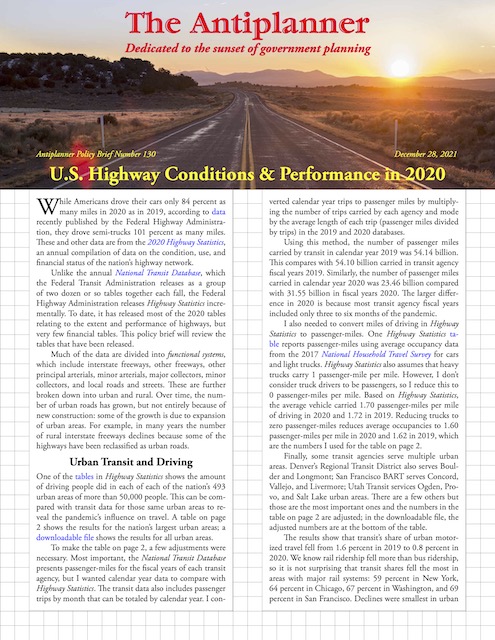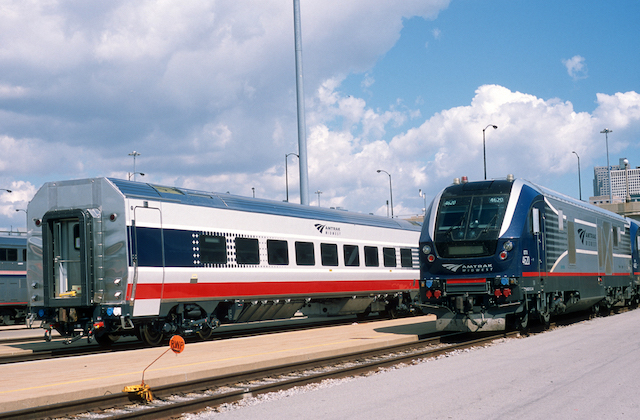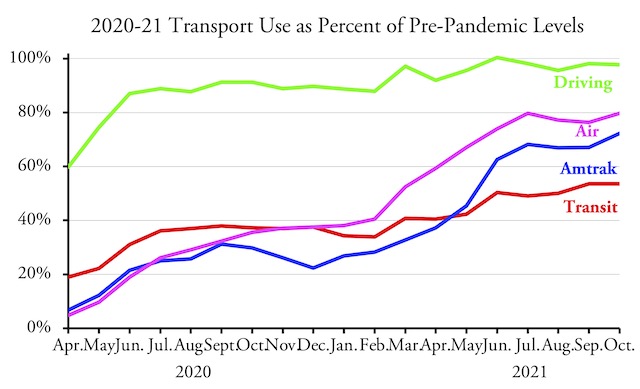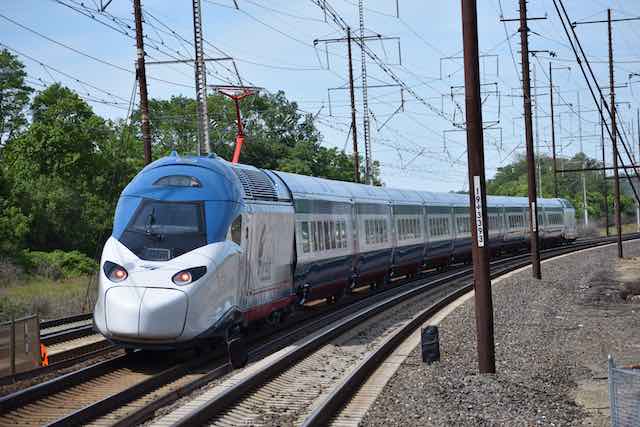You have to feel sorry for transit agencies. Congress gave them $69 billion COVID relief funds and $40 billion in the infrastructure bill on top of a $14 billion annual federal subsidy. But, due to labor shortages, agencies can’t find enough workers to drive around their nearly empty buses and trains.
The Washington Metrorail 7000-series cars don’t look much different from earlier series of cars. But, in addition to falling off the tracks a lot, they also come with the “feature” that they can’t be operated in tandem with earlier cars, whereas all earlier cars were compatible with one another. Another great example of your tax dollars at work. Photo by Swagging.
This threatens “the recovery of city life,” warns the Washington Post. Give me a break. Most workers aren’t going back to work in the cities and most of those who are don’t want to take transit. For some reason, though, reporters think that transit, unlike any private business, should be exempt from having to cut back service just because few people use it. Continue reading

